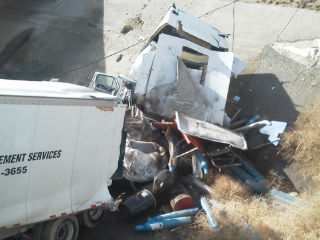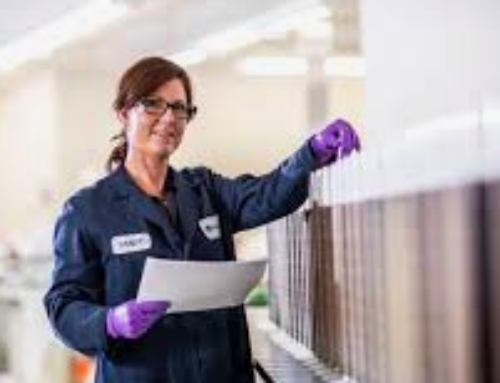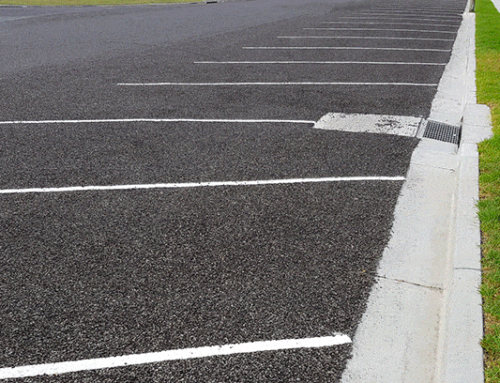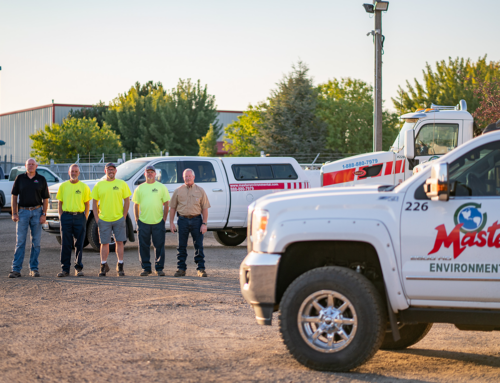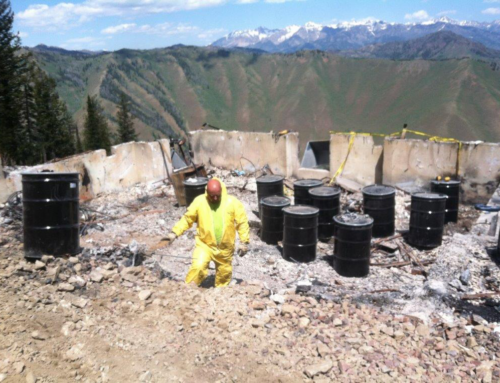Accidents can happen to anyone anywhere at any time. Whether it’s the result of negligence or a fluke, there’s no controlling when accidents happen — regardless if these are on the road, at work, or in public.
At Master Environmental, our response teams are trained to remedy a variety of common spills, and often this can include hazardous materials. These items are dangerous to humans, wildlife, and infrastructure, and without following proper guidelines, disposal of these compounds can worsen the situation.
When accidents happen, don’t panic. Instead, follow this guide.
What You Need to Do
Your first (and only) priority after an accident should be to get somewhere safe. If possible, exit your vehicle and wait at a safe distance off the shoulder of the road. Don’t exit your vehicle if it is not safe to do so, or if you are severely injured. If the accident doesn’t occur inside a vehicle, the same rules apply. Leave the area — if possible — and stand at a safe distance. Do not attempt to clean up or remedy the situation. Call and wait for emergency services and trained response units.
What We Do
We’re the trained experts you should wait for. Accident clean-ups, particularly those that involve hazardous materials, need to be met with care and precision. It’s not uncommon for problems to occur in the clean-up process when proper protocols are not met, and this can be very dangerous when hazardous materials are involved.
In accordance with the U.S. Department of Transportation guidelines and other federal agencies, here’s what our team does.
- Evaluates: When you spill milk, your first reaction is to sop it up quickly, lest it drip down your cabinets and onto the kitchen floors. Hazardous materials spills don’t work that way. While our goal is to clean the affected area as quickly as possible, if we don’t properly analyze and investigate all components of the spill, we could make the situation much, much worse.
Our teams examine the source, potentially threatened areas, the kind of material that’s spilled, and the scope or range of the spill. This allows us to prepare a plan and secure the surrounding area. (This is where getting somewhere safe helps us!) - Contains: Next, we have to block the source of the spill. Back in your kitchen with the spilled milk, you wouldn’t let the cup lay knocked over on your counter while you cleaned the spill. Instead, you pick up the glass to prevent further damage.
Spill containment is the same. We find the source, cut it off, and remove it to prevent further infestation, when possible. Our goal is to keep the area secure and the hazard confined to one location. - Cleans and Disposes: Finally, with the utmost care, we will lift the spill from the affected area. This will likely require hazmat suits and careful, precise movements to prevent further damage. While we do our best to work quickly, we also have to be mindful of the type of material we are managing. Afterward, we will dispose of the materials following state and federal guidelines.
Trust Master Environmental
When accidents happen, don’t treat the spilled materials like a glass of spilled milk. Instead, trust the experts at Master Environmental to protect you, your family, and our Idaho landscape. Learn more online.
LET’S GET STARTED
Do you need help with waste management? Fill out this form to get in touch.


